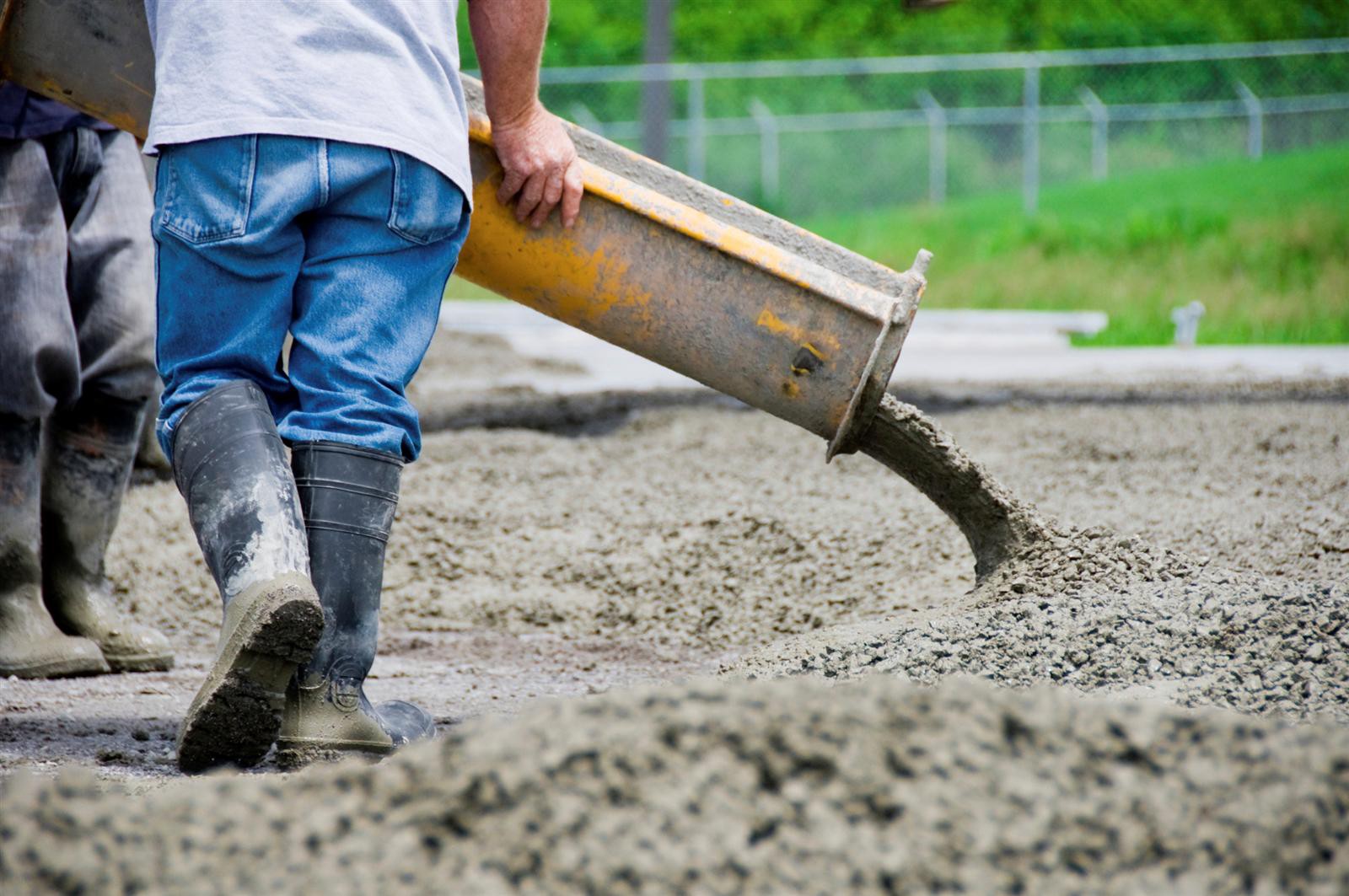It doesn’t seem right that something as solid and hard as Concrete driveway can crack. Unfortunately, concrete does crack, and can do so very quickly under particular conditions and circumstances. This is an issue that thousands of home and property owners all across the nation are discovering every day. It is a situation that is all too common; a proprietor lays new concrete down only to witness immediate cracking within a few weeks of installation. This is a very frustrating and time-consuming obstacle for any property owner to handle. The thought of wasted money and concrete repair can be overwhelming to even the most well-versed and experienced contractor or property owner. Pool decks, verandas, sidewalks, parking lots, driveways, and more are likely to crack is the concrete is not installed and cared for properly. Continue reading to learn the truth behind cracked concrete and how to prevent new concrete from cracking shortly after installation and placement.
Many questions start to arise once a contractor or customer notices cracks and crevices in their newly paved concrete foundation. They wonder if the concrete technician added too much water to the mix; or if the sand content was too high. Was fiber or wire mesh installed? Were the saw cuts placed correctly? Although it is easy to blame the contractor that installed the concrete, they are not always the root of the problem. There are natural circumstances beyond our control that can cause pavement to crack. Surprisingly, the main culprits behind self-destructing pavements have to do with cold weather and hot weather.
In the northern parts of the nation, freeze and thaw cycles are the most common reasons behind cracked concrete pavement. This cycle begins when water inside the ground freezes from cold temperatures; and when water freezes it turns into ice and expands. This increase in mass can cause the ground to rise or shift, causing anything above it to do the same. If concrete pavement lies above a frozen and lifted ground, the concrete is likely to be implicated as well. When seasons change and the ice melts, pavements are shifted and moved again because there is a void where solid ice once existed. This results in more cracking and damage. There is not much a property owner can do to prevent natural occurrences like this; however, in order to prevent a freeze thaw cycle issue, wait until spring and summer to install new concrete. This way it has time to strengthen and solidify before harsh weather can cause its deterioration.


